Your Cart is Empty
Now shipping to Canada. We may experience shipping delays due to freezing temperatures.
Now shipping to Canada. We may experience shipping delays due to freezing temperatures.
THE REBELLIOUS SIDE OF PINK

Pink is a color that, throughout its rich history, is intrinsically polarizing. Over the years it's gone from being a predominantly male color to becoming synonymous with all things feminine.
Pink is having a real moment this season and will continue for the rest of the year. Although it can be a sometimes-polarizing color across the fashion, design and cosmetic worlds, several A-list stars donned this hue on the red carpet at this year’s Academy Awards. And it has me rethinking the whole, “I’ve never thought of myself as a “Pink Person” narrative. So, I decided to ask various colleagues to “think pink “ and tell me what came to mind.

Photo: Liam Burnett
Florals ranked number one, cherry blossoms, roses and lush layers of peonies in particular. The notable pink ribbon that symbolizes Breast Cancer Awareness month came to mind for some. As well as babies, ballet shoes and tutus, baked goods and balloons that represent the sweetness and innocence in all of us. And even down to the specifics of a certain lustrous Chanel pink lipstick called Extatique was reported back to me. Also mentioned was the retro-inspired confection-colored pink Smeg refrigerator (a bold design move that I am unsure would find its way into my kitchen)!

Photo: Amy Shambien Caroline

Flack and her Smeg
After about a week of research, I was starting to feel that my personal and questionable discomfort of pink is rooted in many of these more feminine suggestions, despite knowing that pink isn’t just an effeminate color. Today, we witness the popularity of millennial pink as the “go-to” hue, taken up by artists and feminists as a powerful mark and shade all in one. Beauty brand and cult favorite, Glossier comes to mind.

Photo: Charisse Kenion
My connection to pink feels like something else entirely. Though I do favour the odd glass of pink Veuve Clicquot, and simply adore the fragrance of a Diptique Roses Damascena candle, my association appears to be more rebellious, refined, physiological and gloriously global.
In its many forms, pink offers such an extensive scale and range of diversity. From intense magenta and hot fuschia pinks that pair well with color siblings in the warm orange family to the soft, popular pastels.

Photo: Foodism360
The History of Pink
What is pink? Its combination of red (sinopia pigment) and white and was first used as a color name in the late 17th century. It was most associated with politeness, sensitivity, sweetness, and chastity. The color itself is named after the flowering plants of the Dianthus family. In the mid-1700s, both men and women wore subtle pink variants as a sign of aristocracy and luxury.
History registers that pastel baby clothing was introduced in the mid-19th century and the colors were not initially gender-specific. Around the early 1920s, we start to see articles highlighting that pink was for boys, and blue was more appropriate for girls, and the world of mostly white baby clothing became less popular. Come the 1940s, this was reversed through the manufacturing industries, and Baby Boomers were raised wearing either color. Like most trends, corporations influenced these directions.

Edgar Degas, The Pink Dancers, Before the Ballet, 1884. Image via Wikimedia Commons.
Cultural References
India – Pink means Rosy in Hindi and Bengali and represents happiness. It is understood as a stylish hue for both men and women.
Japan – Pink is the adopted youth-oriented color today, supporting a subculture of urban ‘doll-like style’ dressing. Predicted to bloom earlier this year, perhaps, we should all see the once-in-a-lifetime first Spring cherry blossoms.
Thailand – They appoint a color for every day of the week, and Pink is recognized on Tuesdays.
Korea – Pink is associated with trust.
Italy – Budelli is a tiny atoll in Italy, known for its beautiful pink sand and turquoise waters. What a combination!
Are you loving pink this season? Share your favorite hue in the comments!
Written by C2 Paint Color Specialist, Philippa RadonAlso in Draft Color Confidential
Subscribe
Sign up to get the latest on sales, new releases and more …
Recent Articles
- Money-Making Decisions for Homeowners: The Right Renovations, Mortgages, and More

- The Rebellion of Pink: A Colorful Cultural History

- Meet C2 Paint Color Specialist, Philippa Radon
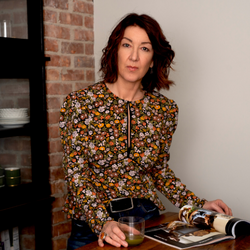
- The Creative Comforts of Winter Hibernation

- 7 Easy Ways to Refresh Your Home for the Holidays
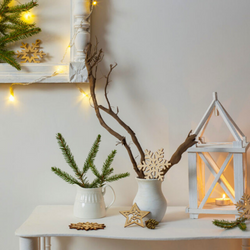
- The Power of the UPC
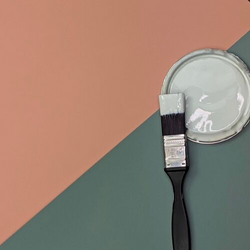
- THE REBELLIOUS SIDE OF PINK
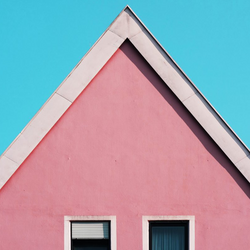
- The Creative Comforts of Winter Hibernation
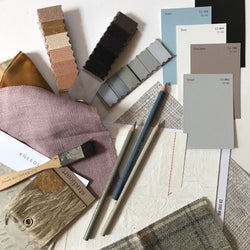
- The Beauty of Dark Walls

Categories
Subscribe
Sign up to get the latest on sales, new releases and more …
×
There’s a C2 Paint Dealer near you!
Visit the store to get exceptional, in-person service. Click below to see store details
See My Store












